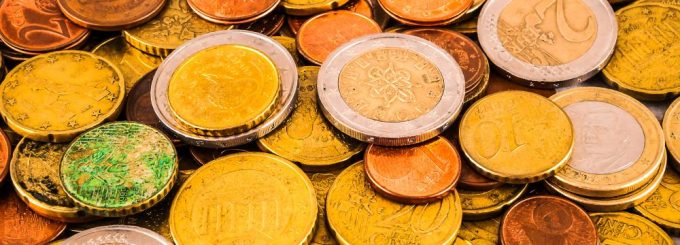How To Spot A Fake: Grading And Authentication Tips For Coins

Coin collecting is part art, part science, and unfortunately, part detective work. Fakes are more common than most new collectors realize, and they’re getting harder to spot. Whether you’re shopping at a show or online, knowing how to spot a counterfeit can protect your wallet and your collection. Let’s break down the key signs of authenticity and what coin grading really means when it comes to value.
Start with Weight, Diameter, and Magnetism
Many fake coins may appear authentic, but they often fail basic physical tests. A quick way to weed out phonies is by checking weight and diameter against a known genuine example. Even slight discrepancies can be a giveaway.
Use a digital scale and caliper to measure the coin. If the numbers are off, that’s a red flag. Also, test with a magnet. Most authentic gold and silver coins are non-magnetic. If a coin sticks, walk away fast.
Details Matter: Study the Design Closely
Counterfeiters often miss the finer points. Look closely at the lettering, spacing, relief, and surface texture. Genuine coins have crisp, consistent features that come from high-quality minting.
Blurry details, weak strikes, or strange fonts can indicate a fake. Use high-res reference photos from trusted sources like PCGS or NGC to compare your coin side-by-side. Even small differences in mint marks or date spacing can signal trouble.
Understand What Coin Grading Actually Tells You
Coin grading signals authenticity and market value. Authorized PCGS and NGC dealers like Coin Exchange don’t just assign a grade; they confirm the coin is real.
A coin graded and slabbed by these companies will come in a sealed holder with a barcode and certificate number. You can verify this on their websites for confirmation. If you’re buying an expensive coin, buying one already graded adds peace of mind, and often resale value, too.
Beware of Too-Good-To-Be-True Deals
If someone’s offering a rare coin well below market price, it’s time to ask hard questions. Scammers bait buyers with bargains, knowing emotion can cloud judgment.
Look into the seller’s reputation, reviews, and credentials. Stick to established dealers or auction houses with strong track records. A cheap coin that turns out to be fake isn’t a deal—it’s a lesson.
Use Technology and Trusted Resources
Smart collectors use every tool at their disposal. Coin apps, online databases, and magnification tools can help you spot inconsistencies quickly. Forums and collector groups are also valuable sources of info. If something feels off, others may have seen the same issue before.
Buying coins in person? Bring a loupe and flashlight. Buying online? Ask for clear, close-up images and request a return policy in writing. A dealer with nothing to hide will be happy to work with you.
Want to Buy with Confidence or Verify a Coin You Own?
At Coin Exchange in Westchester County, NY, we’re known for our expertise in authenticating, appraising, and dealing in rare and collectible coins. Our team takes the time to explain grading and help you spot value (and fakes) before they ever hit your collection. Explore our collection now.


